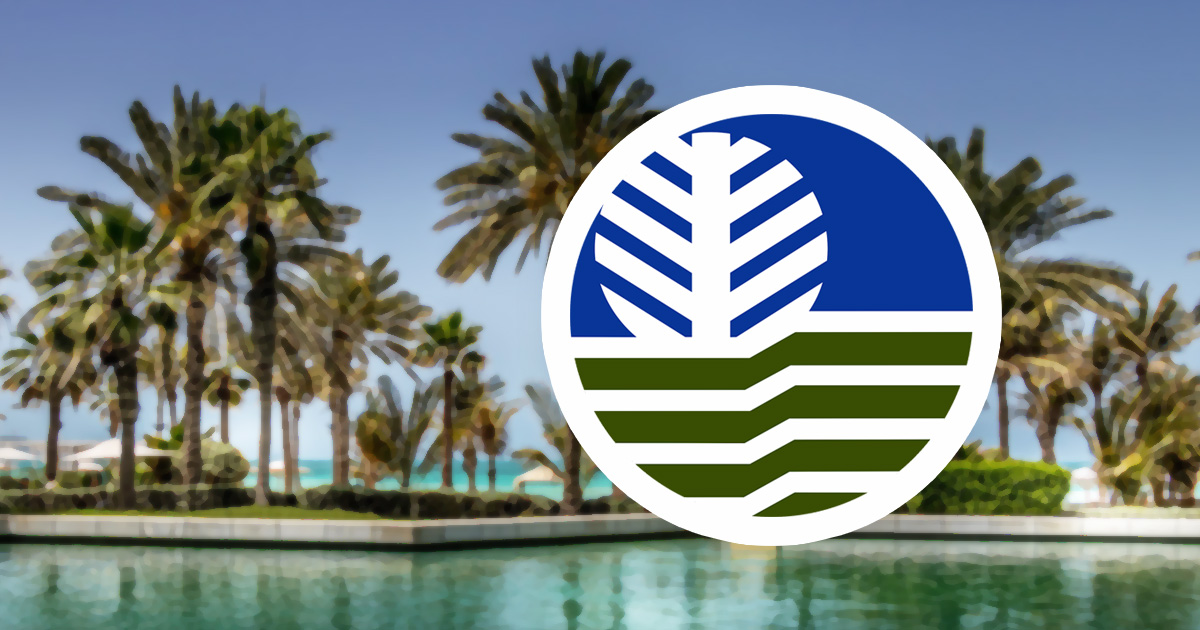DENR or better known as The Department of Environment and Natural Resources, is instrumental in creating and enforcing environmental management policies, guidelines, and regulations and the management and protection of the Philippines’ natural resources. Additionally, the agency regulates the exploration, development, extraction, disposition, and use of forests, minerals, animals, and other natural resources.
Since the project site’s conditions determine the building form, layout, materials, and eventually, its impact on the community and the environment, site selection and analysis are the first steps in every design process an architect initiates.
Managing the intended impact makes governing environmental agencies all the more relevant, and in the Philippines. Since the Philippines is one of several countries that is still developing its national environmental policy, the department serves as its primary governing authority.
What is the mission of DENR?
The Department of Environment and Natural Resources is the Philippines’ core agency tasked with making and implementing policies and guidelines concerning environmental and natural resources management.
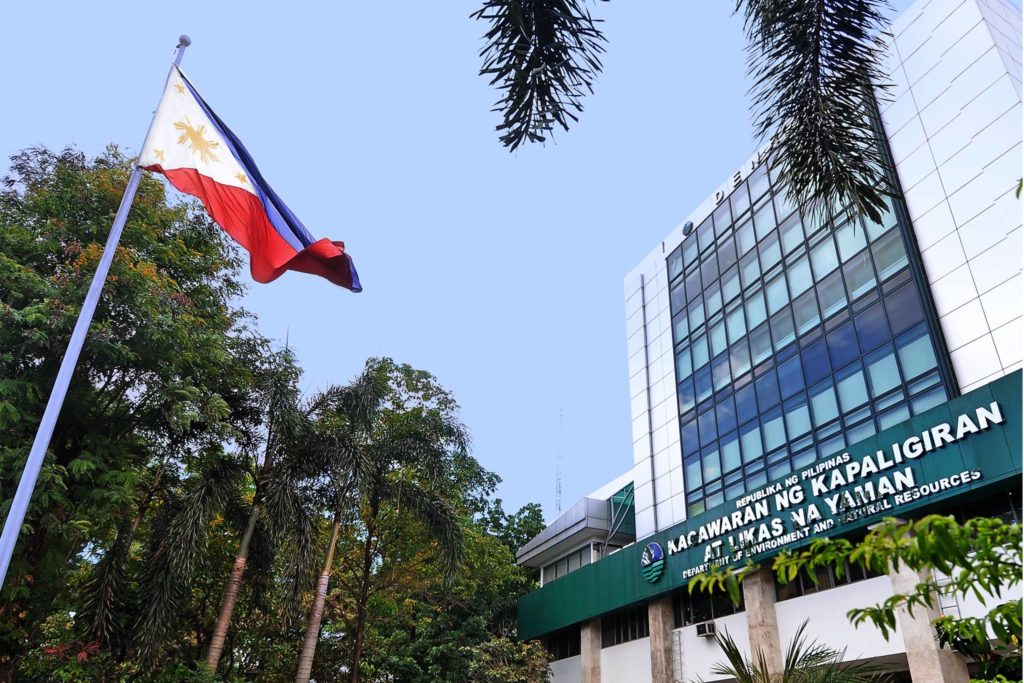
Such management also involves exploring, developing, extracting, arranging, and utilizing the country’s forests, wildlife, minerals, and other natural resources. The agency abides by the following objectives mentioned in Section 4 of EO 192 – the law for more streamlined results.
Given the agency’s breadth of duties, the Department of Environment and Natural Resources has relationships with the following organizations:
- Environmental Management Bureau
- Laguna Lake Development Authority
- Mines and Geo-Sciences Bureau
- National Mapping and Resources Information Authority
- National Water Resources Board
- Natural Resources Development Corp.
- Palawan Council for Sustainable Development
- Pasig River Rehabilitation Commission
- Philippine Forest Corporation
- Philippine Mining Development Corporation
- Philippine Reclamation Authority
This article highlights the first two agencies: the Environmental Management Bureau (EMB) and the Laguna Lake Development Authority (LLDA). Most significantly, the documents each agency requires prior land development or construction along natural terrains and bodies of water.
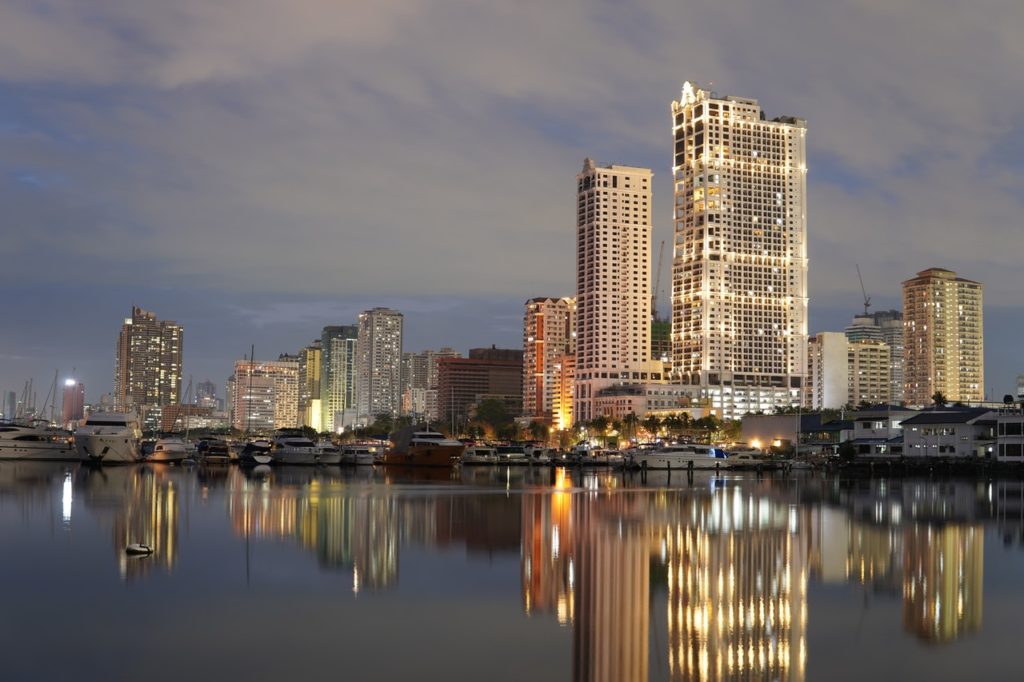
What is the Environmental Compliance Certificate (ECC)?
The Environmental Compliance Certificate is a document issued by the Environmental Management Bureau (EMB), one of DENR’s affiliated agencies, which allows a project to proceed to its next planning stage. More specifically, it is a prerequisite in other government agencies and LGUs to which the project also needs approval.
Under Section 4 of PD 1586, also recognized as “Establishing an Environmental Impact Statement System containing other environmental management related measures additionally for other objectives,” environmentally critical projects shall secure an ECC. The main reason for this is to ensure that the project will not cause a drastic negative impact on the local environment.
A project bearing an ECC means that it is compliant with the conditions provided by the DENR and EMB before and during its operations. In some cases, the agency enforces a list of requirements that need to be completed during the project’s abandonment phase to minimize the specified environmental impact.
Ultimately, the ECC also certifies that the project is compliant with the requirements of the Environmental Impact Statement (EIS) System and has sworn to implement its approved environmental management plan.
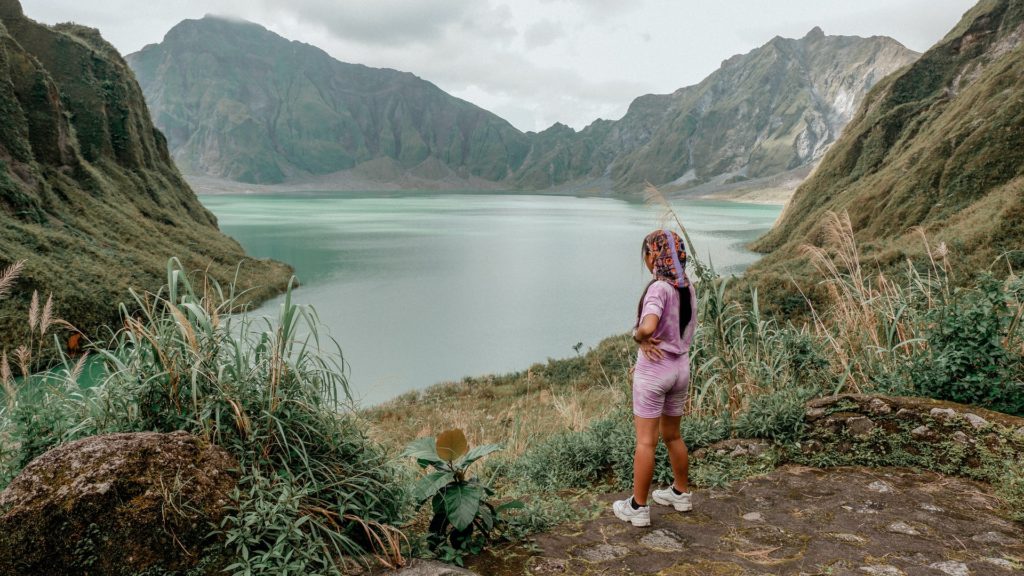
What are the requirements for the ECC?
Applicants should complete the following requirements to secure an Environmental Compliance Certificate :
- Environmental Performance Report and Management Plan (EPRMP) or Environmental Impact Assessment (EIA) Report in the form of an Environmental Impact Statement (EIS) if there is expansion, modification, or rehabilitation of the project.
- If necessary, a proof of the compatibility with the existing Land Use Plan. A developer may verify this prerequisite with the local government unit (LGU).
- Proof of ownership of the land, either with a Transfer Certificate of Title (TCT), Lease Agreement, or Deed of Sale. Proponents of the project can acquire these documents directly from the landowner or request a certified true copy with the Registry of Deeds to verify with the Land Registration Authority (LRA).
- The EIS preparers and project proponents must prepare Accountability Statements.
- Photographs of the project site, impact areas, and affected areas and communities
- To duly accomplish the Project Environmental Monitoring and Audit Prioritization Scheme (PEMAPS) Questionnaire by the proponent.
For more specialized projects, DENR shall require the following additional conditions depending on the type of project proposed:
- Projects with a jetty, pier, or will utilize foreshore areas: Foreshore Lease Agreement (FLA) / Miscellaneous Lease Agreement (MLA)
- For projects within the National Integrated Protected Area System (NIPAS): Protected Area Management Board (PAMB) Clearance
- Energy projects:
- For dam/hydropower projects: Water Rights / Service Contract
- For geothermal projects: Geothermal Renewable Energy Service Contract (GRESC)
- For coal mining projects: Coal Operating Contract (COC)
- For mining and quarry projects except for coal: Exploration Permit/Final Exploration Report and Mining Project Feasibility and Application for Mineral Production Sharing Agreement
- For reclamation projects, a Notice to Proceed with the EIA review MOA of LGU proponent with PRA Area Clearance.
- For forestry projects, an Integrated Forest Management Agreement (IFMA)
- For dredging, a Notice to Proceed in the conduct of EIA and Approved Dredging Plan/Dredging Clearance.
Are All Projects Required By DENR To Have An ECC?
By the Department of Environment and Natural Resources standards, more specifically, the Philippine EIS System, there are four main project classifications based on the severity of their impact on the environment.
Projects under categories A and B will require an ECC. Whereas projects under categories C and D do not need an ECC. Instead, a CNC is required.
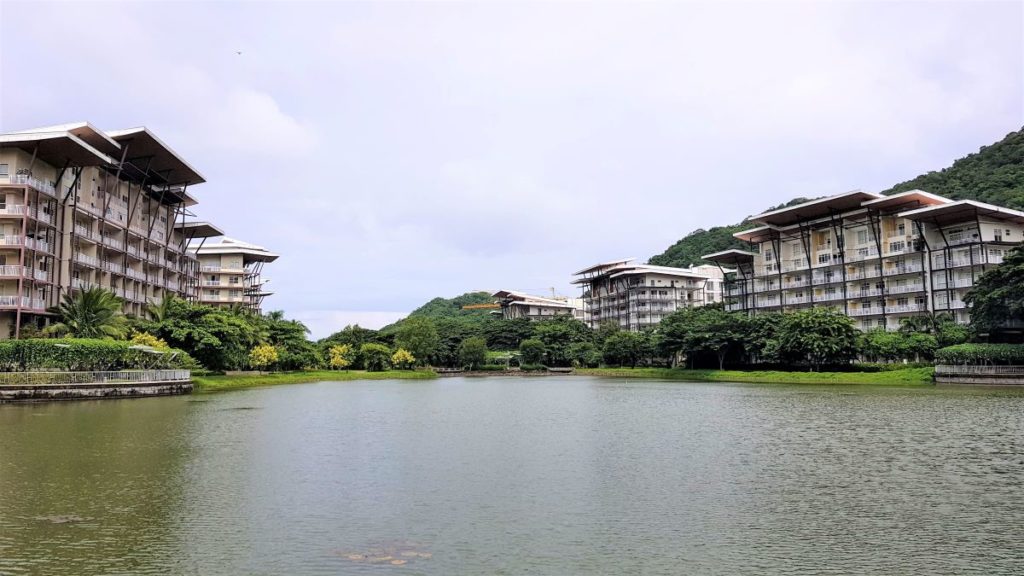
What is the Certificate of Non-Coverage (CNC) of DENR?
Projects which may be excluded from the Philippine Environmental Impact Assessment System must present a Certificate of Non-Coverage or CNC. This certificate is the ECC’s counterpart for projects that have a negligible impact on the environment.
Compared to the ECC, the CNC has significantly fewer requirements, which are the following:
- CNC Application Form, duly accomplished by the proponent
- Description of how the project can improve the environment or address environmental issues
- Project Components List
- Description of phases and activities of the project
- Project emissions / hazardous waste / solid waste / effluent / other wastes
- Project cost and duration
- One page showing a collage of geotagged photos or plates of the proposed project site
Learn how to apply for a Certificate of Non-Coverage with DENR which certifies that an individual or company does not have any outstanding environmental liabilities.
What is the Laguna Lake Development Authority (LLDA)?
Organized under Republic Act No. 4850, the Laguna Lake Development Authority, shortened into LLDA, works as a quasi-government agency with regulatory and proprietary obligations. The enactment of LLDA was made possible in virtue of Presidential Decree 813 in 1975 and Executive Order 927 in 1983, the latter extending LLDA’s operations to include the protection and jurisdiction over the lake basin’s surface water.
In 1993, Executive Order 149 transferred the administrative supervision of the LLDA to DENR, hence explaining the unbreakable bond between the two agencies.
All of LLDA’s directed efforts are toward a shared vision. By 2040, the Laguna de Bay Basin will be transformed into an ecologically balanced resource that supports a thriving economy and meets the requirements of current and future generations.
To realize such a vision comes to action, one of which is the requirement and implementation of the LLDA Clearance.
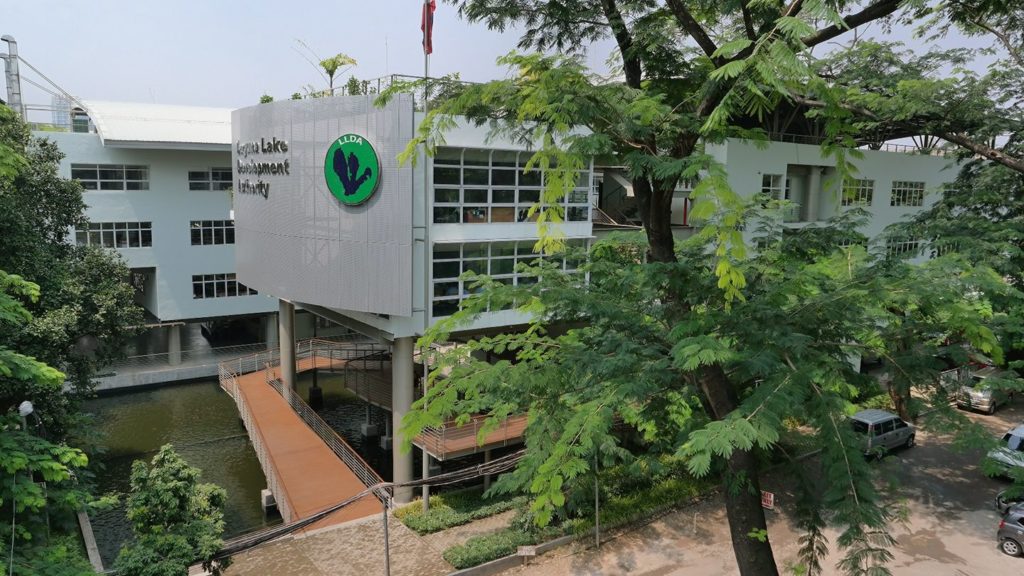
What is LLDA Clearance?
Laguna Lake Development Authority (LLDA) Clearance refers to the certificate issued by the LLDA before approving projects, plans, and programs for execution within the Administrative Jurisdiction. Most importantly, such Administrative Jurisdiction of the LLDA covers a total area of 3,380 square kilometers, which includes the following cities and municipalities:
- Batangas
- Tanauan
- Malvar
- Santo Tomas
- Cavite
- Silang
- Carmona
- General Mariano Alvarez
- Tagaytay
- Laguna
- 6 Cities
- 24 Municipalities
- Metro Manila
- Caloocan
- Manila
- Marikina
- Muntinlupa
- Quezon City
- Pasay
- Pasig
- Pateros
- Taguig
- Rizal
- 1 City
- 13 Municipalities
- Quezon
- Lucban
Aside from these cities mentioned above and municipalities, the LLDA covers the Laguna de Bay and its drainage basin. It has 24 sub-basins, 100 rivers, and streams serving as tributaries and 22 major river systems, one of which is the Pasig River.
This accountability is part of LLDA’s responsibility to protect the Laguna de Bay Region. It is considered one of the country’s protected areas, and authority is given to them by Republic Act No. 4850 when amended by Presidential Decree 813.
What are the requirements for the LLDA Clearance?
- Duly accomplished and notarized Application Form
- Photocopy of Environmental Compliance Certificate (ECC) or Certificate of Non-Coverage (CNC), whichever is applicable
- Photocopy of any of the following applicable SEC-approved articles:
- For a corporation, the Articles of Incorporation.
- For cooperatives, the Articles of Cooperative are duly approved by CDA.
- For single proprietorship, Certificate of Business Registration from the Department of Trade and Industry.
- Locational Clearance, if available; otherwise, LLDA will include the same as LC condition.
- Photocopy of whichever applicable documents:
- Environmental Impact Assessment (EIA)
- Initial Environmental Examination (IEE)
- Project Description / Engineer’s Report
- Photocopy of plans signed by a duly-licensed professional
- Site Development Plan
- Vicinity Plan
- Drainage / Sewer Plan
Remember, however, that applicants shall present all photocopies required for the LLDA with original copies during the submission for authentication purposes. That is to say, applicants may submit certified true copies as a proxy due to the unavailability of the original documents.
Aside from documentary requirements, the applicant shall also pay monetary fees depending on the nature of the project. There is a Php 1,600.00 processing fee for the LLDA Clearance. The regulatory costs, however, are dependent on the type of the project applied for, which is further specified as follows:
- Industrial Establishment/Infrastructure Projects/ Other Similar Projects
- With a capital investment of PHP 5 Million and below – PHP 1,800.00
- More than PHP 5 Million – PHP 360.00 per Million
- Agro-industrial establishment
- Piggery
- 1,000 heads or less – PHP 1,800.00
- More than 1,000 heads – PHP 1.80 per head
- Poultry Farm
- 7,000 birds or less – PHP 1,400.00
- More than 7,000 birds – PHP 0.20 per bird
- Duck Farm
- 2,800 ducks or less – PHP 1,400.00
- More than 2,800 ducks – PHP 0.50 per duck
- Cattle Farm
- 100 heads or less – PHP 1,400.00
- More than 100 heads – PHP 14.00 per head
- Piggery
- Housing and Development
- Subdivision
- 10 has or less – PHP 1,800.00
- More than 10 hectares – PHP 180.00 per hectare
- Townhouses, villas/other cluster housing units
- 20 units or less – PHP 1,800.00
- More than 20 units – PHP 90.00 per unit
- Condominium
- 1,000 sqm floor area or less – PHP 1,800.00
- More than 1,000 sqm floor area – PHP 1.80 per sqm
- Hotel/Motel
- 1,000 square meters floor area or less – PHP 1,800.00
- More than 1,000 square meters of floor area – PHP 1.80 per sqm
- Subdivision
- Institution
- School
- 1,500 sqm floor area or less – PHP 1,400.00
- More than 1,500 sqm floor area – PHP 1.20 per sqm
- Hospital
- 1,000 sqm floor area or less – PHP 1,800.00
- More than 1,000 sq. m. floor area – PHP 1.80 per sqm
- Memorial Park/Cemetery
- 10 has or less – PHP 1,800.00
- More than 10 hectares – PHP 180.00 per hectare
- Wet and dry market
- 100 stalls or less – PHP 1,800.00
- More than 100 stalls – PHP 18.00 per stall
- Supermarket/shopping center, indoor recreation facilities (gyms, cinema, etc.), commercial establishments
- 1,000 sqm floor area or less – PHP 1,800.00
- More than 1,000 sqm floor area – PHP 1.80 per sqm
- Restaurant / fastfood
- 200 sqm floor area or less – PHP 1,800.00
- More than 200 sqm – PHP 9.00 per sqm
- School
- Quarrying/Resource Extractive Industries
- Less than P 5M (project cost) – PHP 1,800.00
- More than P 5M – PHP 360 per Million
- Industrial Subdivision
- Less than P 5M (development cost) – PHP 1,800.00
- More than P 5M – PHP 360 per Million
- Theme Parks, Malls, Golf Courses – PHP 7.20 per sqm
- Land Transport Terminals / Parking Areas
- 50 vehicles or less – PHP 1,800.00
- More than 50 vehicles – PHP 36.00 per unit
- Warehouse / Storage Facilities (hazardous waste)
- 500 sqm floor area or less – PHP 1,800.00
- More than 500 sqm floor area – PHP 3.60 per sqm
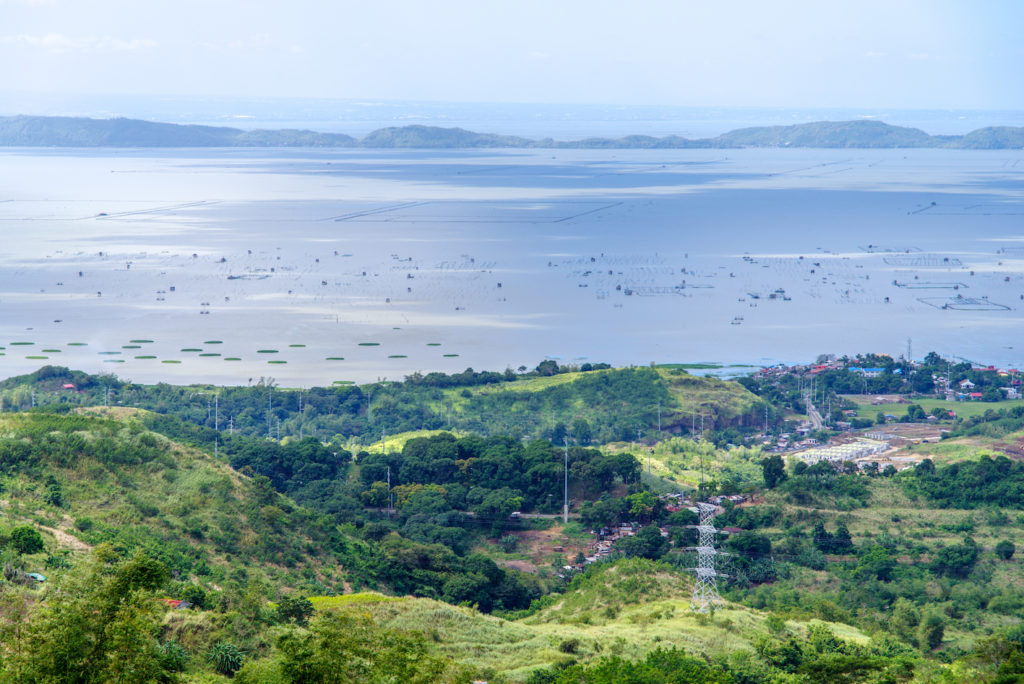
Do a project and the LLDA’s responsibility end at the clearance?
No, they don’t. Consequently, there is another document that The Department of Environment and Natural Resources requires to ensure that the project remains compliant with the air, hazardous waste, and water standards set by the agency. Known as the Self-Monitoring Report or SMR, developers must submit a quarterly report to the DENR. Otherwise, the department will issue a notice of violation.
What is the Self-Monitoring Report (SMR) Online?
In light of the government’s ongoing attempts to restrict and reduce the spread of COVID-19, the Department of Environment and Natural Resources chose an online version of the SMR as the primary means of submission. In strict ways, the agency expects that the decreased physical contact will help prevent the spread of COVID-19.
The SMR online is still in the last stages of testing and development. However, the agency will announce its availability when there is a finality to the trial runs, and the system satisfies LLDA’s operational requirements.
